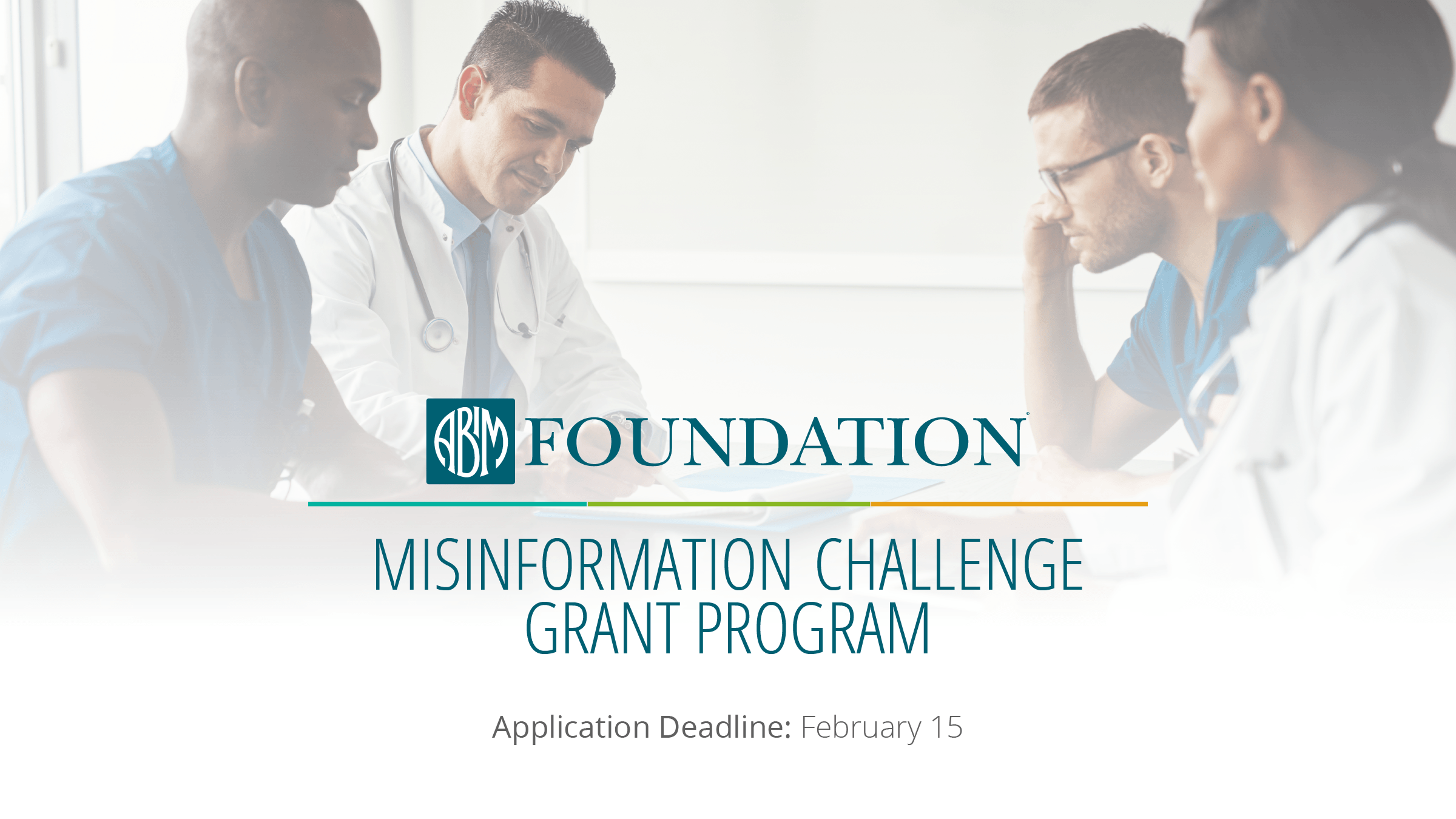My passion for running began as a means to an end. At the time I started running, I was a wrestler, and I ran as a way to build endurance and control weight. But over the years, things changed. This means to the end became the sustaining quality and foundation for my physical activity, and remains so some 30 years later.
Running requires consistency, support through rest and good nutrition, and the discipline to keep putting one foot in front of the other in a rhythmic but often mundane process. In many ways, it’s a lot like what I’ve experienced as we’ve worked to pursue a culture of trust at the American Physical Therapy Association during my first four years as chief executive officer.
Trust is a term you hear a lot in organizational settings. At a recent association leadership conference, one speaker described trust as jet fuel; another described it as “the core competency of leadership.” Trust, in other words, was a resource, or a skill that could be honed. Or maybe, somehow, a little of both.
I think those experts missed the fundamental properties of trust. Trust isn’t something to be expended, or a set of techniques to be applied to situations — it’s a process, a practice, a pursuit. Trust isn’t a business book chapter or PowerPoint buzzword that should be covered before moving on to the next topic—trust is an ongoing exercise that empowers organizational and individual fitness.
Both at my association’s level and for me as an individual, exercising trust has become a daily pursuit to seek a higher level of functional fitness. It’s like running: it has to be consistent in approach, supported in behavior, and disciplined in application.
And there are no shortcuts. If we could’ve purchased hi-test trust fuel or sent staff to a continuing education weekend for a certificate in trust, we would’ve been all-in. Instead, we knew we’d have to commit time, effort, discipline, and a posture of learning. We needed to learn to walk the walk and talk the talk of building trust. Trust would become a form of exercise, with the goal to gain flexibility, strength, and endurance to enhance the credibility of the organization to its community of stakeholders.
Trust isn’t something to be expended, or a set of techniques to be applied to situations — it’s a process, a practice, a pursuit.
However, before we could begin our exercise program, we needed to take stock of our current state of fitness. And we needed to gain insight into the best ways to move. We needed to reflect, reconcile, and then seek results.
Our reflecting began with an effort to better understand the perspectives of our stakeholders and the perceptions of potential partners. We engaged outside consultants who offered us sound, research-driven information on the perspectives and perceptions of key audiences. Those insights helped us build a strategic plan and new brand promise that seeks to close our trust gaps, including becoming a more relevant, credible, and consistent source of information, programs, and services.
Reflection led to reconciliation. As an organization, APTA had grown through advocacy and the advancement of science that confirms the efficacy of physical therapy. The profession had achieved independence in its educational enterprise including accreditation, and it has become a recognized health care profession at the state and national levels. But that growth came at a price: the erosion of trusting relationships with many of the health care professions with which we must collaborate to best serve our patients. We needed to reconcile our hard-fought independence with the greater value of interdependence, and we needed to embrace trust as the means by which we could achieve that optimal goal. This required some long-overdue conversations with organizations that were opponents in past turf battles, to move from a posture of competition to collaboration.
But ultimately, we needed to deliver results. Reflection gave us a playbook and a brand that we would seek to deliver. Reconciliation engaged other organizations, shifting foes to friends in the pursuit of shared goals. Results are the practices, programs, and outcomes that will validate our exercise program.
Those results are emerging. The one thing we have discovered so far is that exercising trust is worth the effort. We are improving, learning, and seeking new strategies of engagement with stakeholders, from patients to other professional societies. This is how we grow and improve our fitness for service, and our fitness to deliver the best possible care.
As we grapple with the future of health care, we can be certain that trust will play a central role at all levels. We can no longer rely on white-coat symbolism. We need to turn to a pursuit of partnerships with individuals in care, and with communities impacted by what we do.
Building trust by identifying, scaling, and sustaining successful practices will require the rhythmic process of putting one foot in front of the other, over and over and over again. The commitment to inclusion, learning, and communicating with others necessitates that we don’t think of trust as a commodity, but as a way of doing—a steady, consistent, disciplined effort to stay fit, healthy, and prepared for the challenges ahead.


